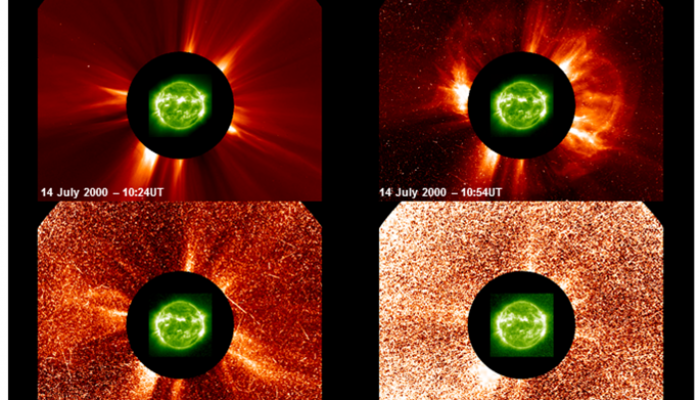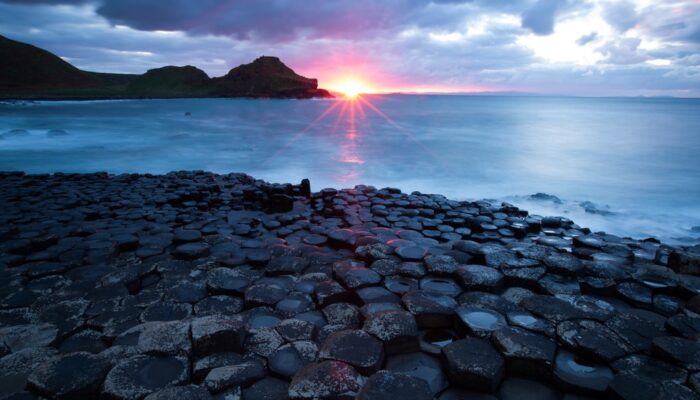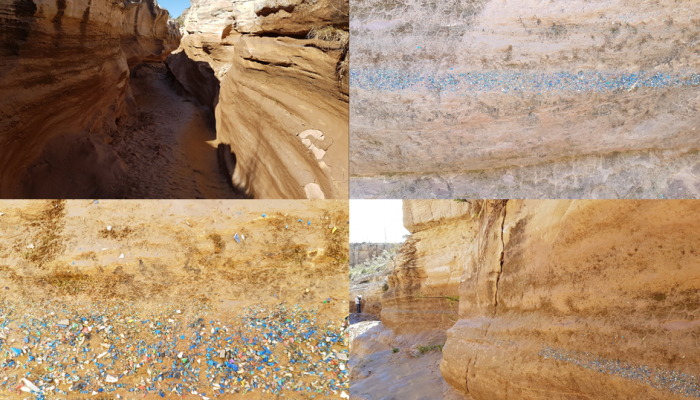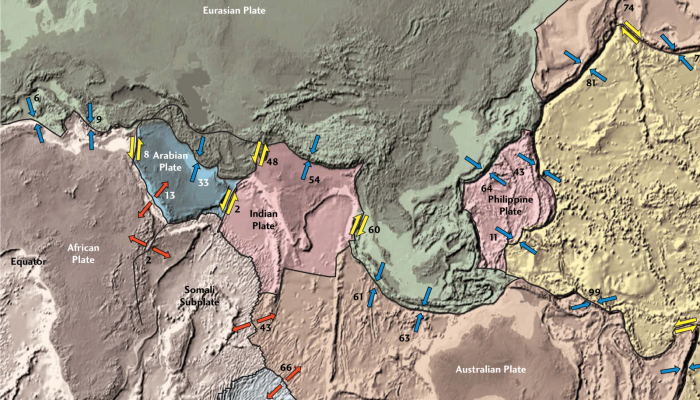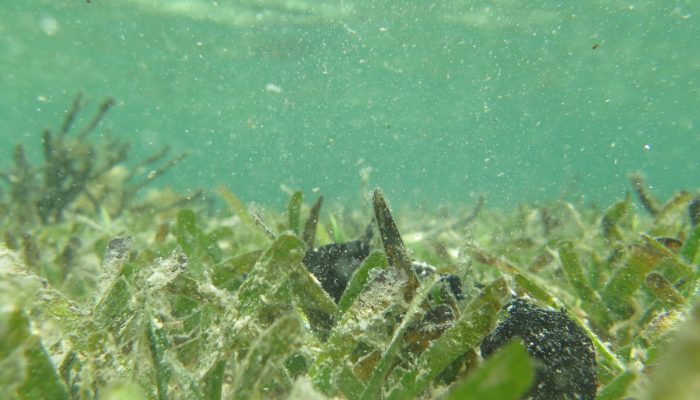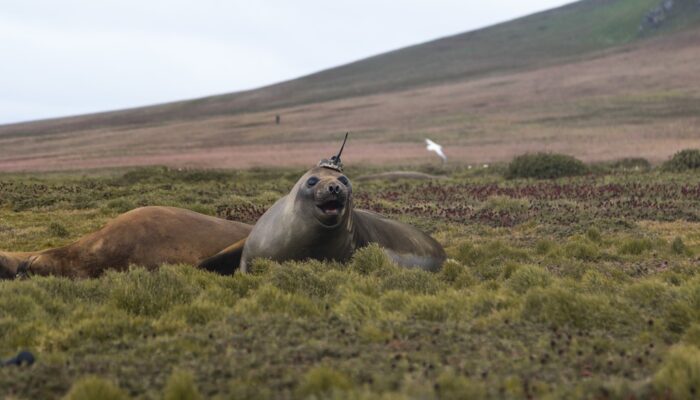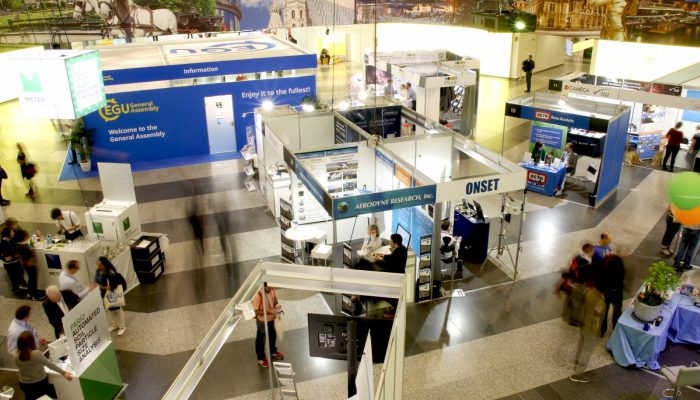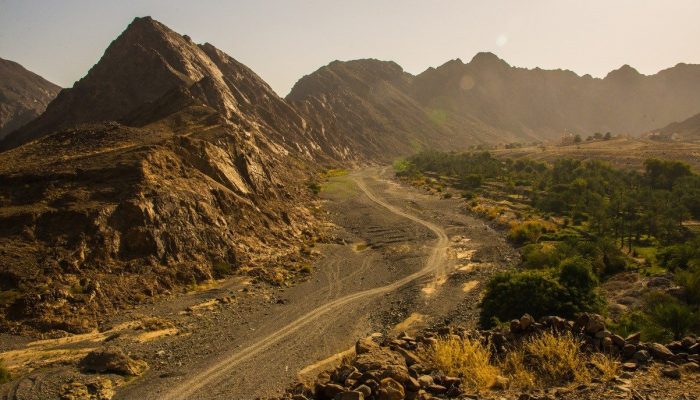The presence of Solar Energetic Particles (SEPs) poses a serious health risk to humans in space, can result in increased radiation doses for high-latitude aircraft flights and constitutes a serious hazard for the micro-electronics and other hardware elements of satellites, aircraft and launchers. These groups of end users need reliable forecasts of possible enhancements in the radiation flux level ...[Read More]
GeoLog
Imaggeo on Mondays: Sunset on the Giant’s Causeway
Pictured here is the Giant’s Causeway – a region of basalt columns, created 50-60 million years ago during the Paleogene. The typical polygonal form of the bedrocks, a product of active volcanic processes from the past, is well underlined by the sunset’s light; that’s why I took the photo in the late evening. The separate cracks are extended by weathering over time and are filled eluvi ...[Read More]
Stratigraphy, Sedimentology and Palaeontology
Strati 2019
The abstract submission to the third edition of the International Congress on Stratigraphy (STRATI) is now open. The congress will be held in Milano (Italy) from the 2nd to the 5th of July 2019. STRATI 2019 follows the first edition held in Lisbon (Portugal) in 2013 and the second edition organized in Graz (Austria) in 2015. Several scientific sessions have been proposed covering a wide range of s ...[Read More]
Stratigraphy, Sedimentology and Palaeontology
The Plastocene – Plastic in the sedimentary record
The University of Hull was privileged to host the annual British Science Festival in 2018. One of the key events was the Huxley Debate, which brings together world-leading experts to discuss a pressing issue facing society. The theme in Hull was “what do we do about ocean plastics?”. As part of the discussion, Professor Dan Parsons, Director of the Energy and Environment Institute, suggested that ...[Read More]
Tectonics and Structural Geology
Meeting Plate Tectonics – Richard Gordon
These blogposts present interviews with outstanding scientists that bloomed and shape the theory that revolutionised Earth Sciences — Plate Tectonics. Get to know them, learn from their experience, discover the pieces of advice they share and find out where the newest challenges lie! Meeting Richard Gordon Prof. Richard Gordon is currently Professor at Rice University (William Marsh Rice Universit ...[Read More]
Natural Hazards
Another (surprising) brick in the wall: how seagrass protects coastlines against erosion.
Dear readers, today our blog will host Marco Fusi, a postdoctoral fellow working on coastal ecosystems. Together with Marco we will give a twist to our usual geoscientific perspective and mix some ecology in it. Specifically, we will explore the surprising role of seagrass in limiting coastal erosion effects. 1- Hello Marco, please give us an overview of coastal erosion issues. When we speak about ...[Read More]
GeoLog
Imaggeo on Mondays: Crowned elephant seals do citizen science
In the Southern Ocean and North Pacific lives a peculiar type of elephant seal. This group acts like any other marine mammal; they dive deep into the ocean, chow down on fish, and sunbathe on the beach. However, they do all this with scientific instruments attached to their heads. While the seals carry out their usual activities, the devices collect important oceanographic data that help scientist ...[Read More]
GeoLog
What’s new for the 2019 General Assembly?
Along with our conference organisers, Copernicus, we aim to improve the experience of General Assembly attendees with each passing year. Over the last few months we’ve introduced some changes that we hope will make the 2019 edition of our meeting even better! This post highlights the new rules for submitting an abstract and some changes that returning participants will notice at next year’s confer ...[Read More]
Tectonics and Structural Geology
Minds over Methods: Tectonochemistry of Melting Mud in the Mantle, evidence from the Oman/UAE ophiolite
For this first Minds over Methods of 2019, we invited Christopher Spencer, Senior Research Fellow at Curtin University in Australia, to tell us something about tectonochemistry. By applying geochemistry to tectonic processes, it is possible to get more insight into the different stages of the rock cycle. By combining fieldwork and geochemical analyses of the Oman/UAE ophiolite, Chris and his co-wo ...[Read More]
Seismology
Looking for 2019 Guest Writers
Do you like writing about Science, have an idea for a new blog post or just want to try your hand at science communication? You’re in the right place. The EGU Seismology Blog welcomes guest contributions from scientists, students and professionals in the Earth, planetary and space sciences for the 2019! If you want to get involved, contact the blog editor – Marina Corradini (corradi ...[Read More]

